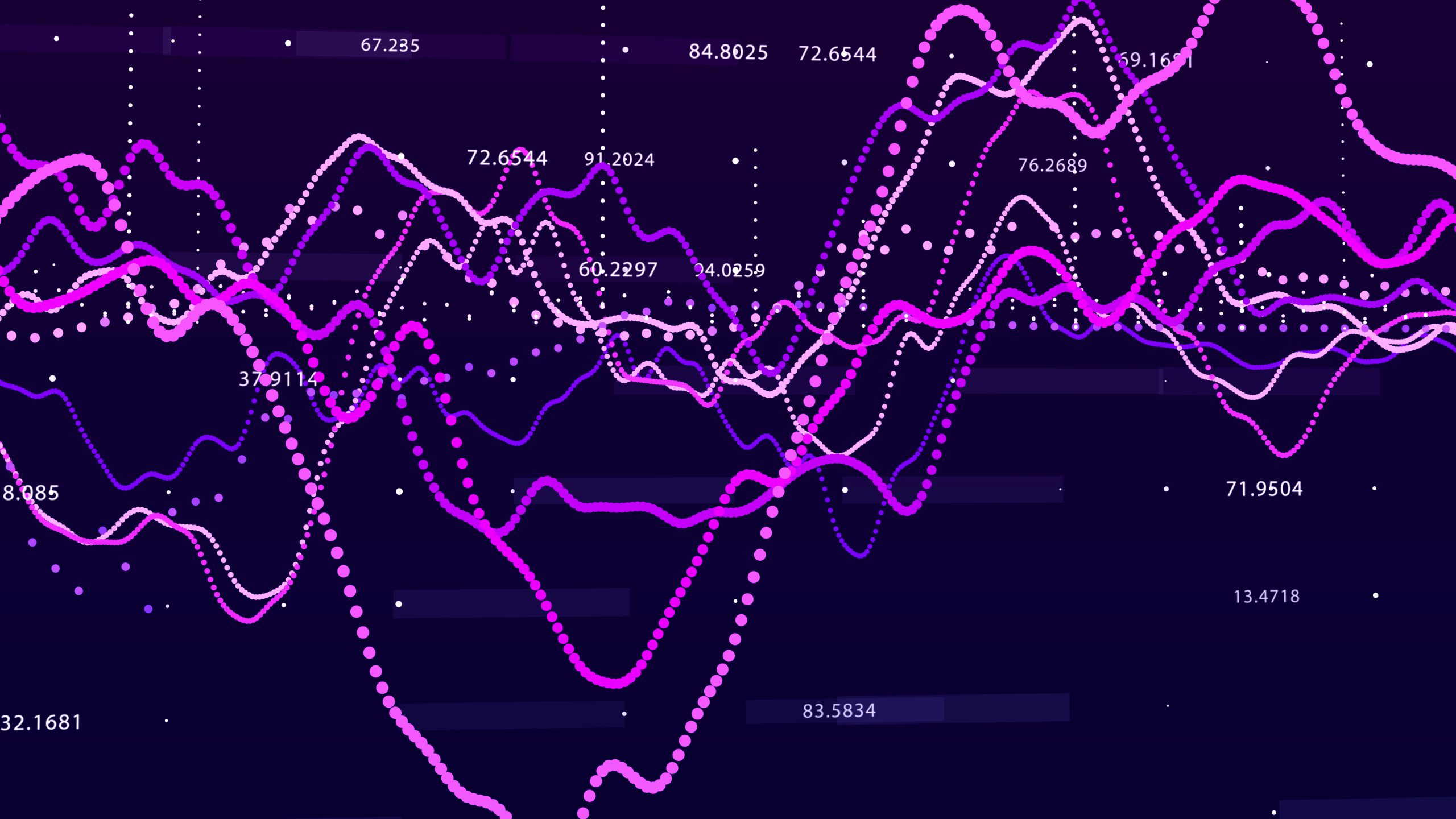
The use of a computer program to automate the execution of trades according to a predetermined strategy.
Test the performance of a trading strategy on historical data to evaluate its effectiveness.
Execute a large number of trades in a very short period of time to take advantage of small price movements.
The study of the trading process and price formation mechanisms in the market.
Collects historical market data and financial indicators as the basis for model analysis.
Hypothesis for building a trading strategy based on market analysis and financial theory.
Use statistical and mathematical methods to develop mathematical models for executing strategies.
Test the model on historical data to evaluate its performance and stability.
Adjust model parameters based on backtest results to improve strategy performance.
Apply strategies in the real market and continuously monitor and adjust in response to market changes.
Predict the future direction of an asset based on its historical trend.
Reduce the risk of your portfolio by hedging.
Taking advantage of market inefficiencies, such as differences in the price of an asset in different markets.

Technical analysis is based on the study of market behavior and focuses on historical data on price and volume to predict future market trends.
The moving average is one of the most commonly used technical analysis tools that helps smooth price data to identify trend direction. Simple Moving Average (SMA) and Exponential Moving Average (EMA) are the two main types.
The RSI is a momentum indicator that measures the speed and variability of recent price movements to assess overbought or oversold conditions in a stock or other asset.
MACD is based on the difference and convergence between two moving averages and is used to identify the strength, direction, momentum, and potential reversals of a market trend.
Fundamental analysis aims to evaluate the intrinsic value of an asset by analyzing a company’s financial statements, industry conditions, economic indicators and other information.
Includes analysis of the income statement, balance sheet, and cash flow statement to evaluate a company's profitability, financial health, and operating efficiency.
including GDP growth rate, unemployment rate, inflation rate, etc. These indicators can help analyze the economic environment and market sentiment.
Understand the status of your industry, including market size, growth prospects and competitive landscape.